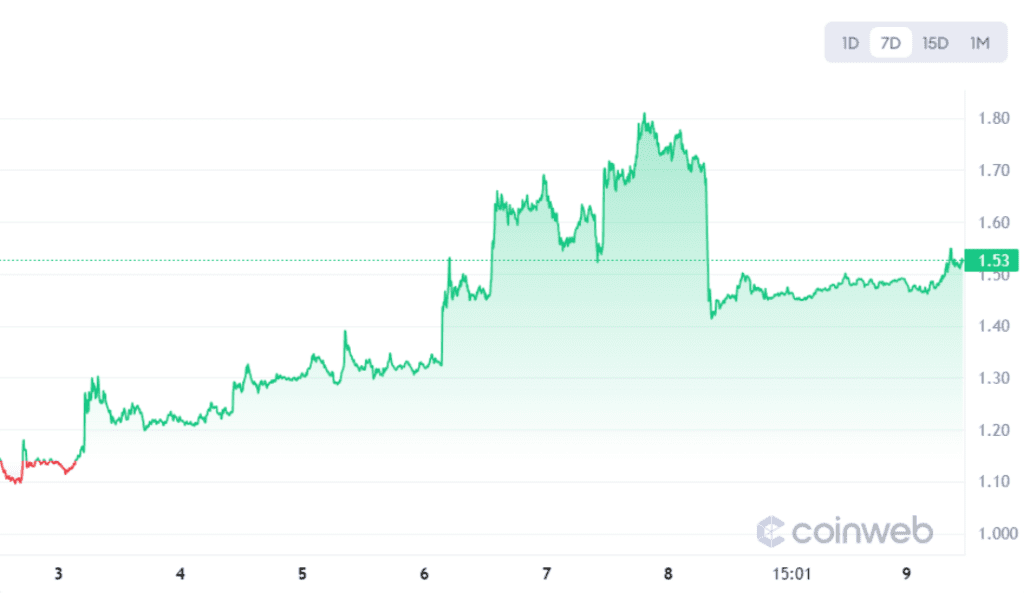TL;DR
- Binance, the parent company of Trust Wallet, released its first-ever self-custody Web3 wallet that can be accessed from its app.
- Following this news, Trust Wallet’s token lost more than 32% of its value, even when the company announced a new feature for its product.
Binance Enters the Market of Web3 Wallets
Binance, a cryptocurrency exchange, has released its Web3 wallet, expanding its offerings to meet rising Web3 demand.

Integrated into the Binance mobile app, the new crypto wallet simplifies Web3 access for existing Binance users.
It allows them to explore decentralized apps, token swapping, yield earning, and other Web3 features without additional apps or services.
Utilizing Multi-Party Computation technology, the Web3 wallet secures users’ private keys without requiring seed phrases. It streamlines onboarding compared to other seed phrase-based crypto wallets.
“While we believe Web3 will enhance financial freedom worldwide, our industry must continue creating user-friendly onboarding and protection tools.”
Binance CEO Changpeng Zhao
Binance emphasized the wallet’s features, including cross-chain swapping, yield earning, and dApp exploration, catering to both crypto novices and experienced traders.
The goal is to reduce barriers to user self-custody of assets. As the crypto market matures, major companies are vying for leadership in the emerging Web3 realm.
Despite rising crypto adoption, many consumers still find Web3 technologies complex. Binance’s vast user base provides a built-in audience for the Web3 wallet launch.
The launch of this product comes as Binance experiences the largest outflow of funds in its history.
Trust Wallet Releases New Product
The announcement from Binance caused the price of the TWT token to drop by more than 15% in less than an hour.

However, Trust Wallet has announced a new product, the Wallet as a Service, which should bounce the token back.
The product will be available to various companies, including decentralized finance (DeFi), centralized exchanges, and even new startups.
Aside from businesses, the WaaS is also suitable for individual users, serving as a no-fuss adoption of Web3. It removes the barriers that have traditionally made navigation and security a challenge.
Trust Wallet also claimed that Binance’s Web3 wallet unveiled during the company’s Blockchain Week is a product of its WaaS technology.
What’s The Impact for Binance Users?
Binance’s launch of a Web3 self-custody wallet could have significant consequences for end users.
On the one hand, it could empower users to take greater control of their assets and data.
This could lead to increased security and privacy and greater flexibility in how users interact with the Web3 ecosystem.
There are also potential risks associated with self-custody wallets. If an individual loses their private keys, they could lose access to their assets forever.
Additionally, self-custody wallets can be more difficult to use than custodial wallets, which could make them less accessible to certain users.
Do you think Binance made the right move?






